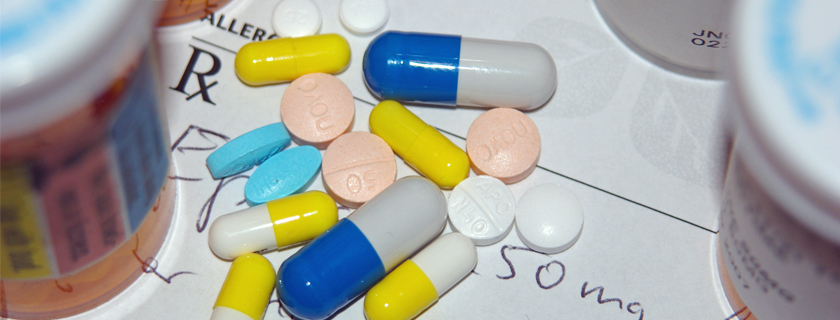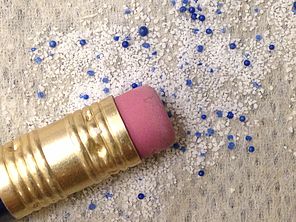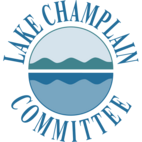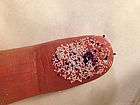
Toxics
The flesh of many fish in Lake Champlain contains toxic chemicals such as polychlorinated biphenyls (PCBs) or mercury. Toxins may originate far from Lake Champlain, fall into the watershed with precipitation, and then pass through the food chain reaching their highest levels in fish that eat other fish. Older, larger fish frequently contain more toxin than smaller fish. The largest known concentration of PCBs in the lake was cleaned from Cumberland Bay following long advocacy from the Lake Champlain Committee.
Concerns have been growing about “New Generation” contaminants. These are the by-products of modern society and they include chemicals released from plastics, discarded pharmaceuticals, fragrances, and newly developed pesticides. These substances can be found at low doses in many waterbodies around the country, but evaluations of ecosystem impacts are just beginning.
The Lake Champlain Committee has written about this topic and pushed for evaluations of the types and concentrations of New Generation contaminants in the lake. Few contaminants were found in the evaluation, but the three new generation contaminants occurring at the highest concentrations were caffeine, HHCB (a musk fragrance), and metolachlor (an herbicide). In-lake concentrations appear to be quite low, and there is little reason at this time to expect significant ecological effects.
Active pharmaceuticals were not found in the lake or large streams, though they were detected in at least one sample from wastewater treatment facility effluent. Three compounds — codeine (a pain-killer), diphenydramine (Benadryl – an antihistamine), and carbamazapine (an anticonvulsant) — were detected in every wastewater effluent sample. The compound with the highest single sample concentration was the pain-reliever and fever-reducer acetaminophen.
In addition to the other pharmaceuticals, tests for eight anti-microbial compounds were conducted. One such compound, triclosan, is an antibacterial agent found in consumer products including soaps, detergents, toys, and toothpastes. The effectiveness of the product is disputed but there are clear risks to people and the environment. Repeated and improper use of antibiotics is a primary cause of the increase in drug-resistant bacteria. Tests at the Burlington Riverside wastewater treatment facility, which receives waste from a large hospital, detected five of the eight anti-microbial compounds. Avoid products that contain triclosan. Look for triclosan in the ingredients list of soaps, facial cleansers, exfoliants, acne medications, toothpastes, cosmetics, deodorants and other personal care products.
Microbeads

Another water quality challenge is microbeads, minute plastic particles used as scrubbing agents in some soaps, toothpastes, facial scrubs, body washes, and other personal care products. They are so small that sewage treatment plants can't trap and filter them from wastewater. Microbeads resemble food to fish and can be eaten, but these plastics absorb toxins such as PAHs and PCBs and thus pose a danger to the food chain. Microbeads have been found in waters of each of the Great Lakes, but there have been no systematic assessments of their presence in Lake Champlain. Microbeads cannot be removed from our waters once they are released. We must keep them from getting to the water in the first place. To keep microbeads out of the environment avoid personal care products with “polyethylene” or “polypropylene” in the ingredients.
LCC's Past and Ongoing Projects
- Advocated for an investigation of new generation contaminants in Lake Champlain.
- Pushed for upgrading of International Paper’s Ticonderoga plant and eliminating the discharge of paper plant sludge.
- Advocated for the first lakewide toxic contaminant study, which led to the discovery and clean-up of PCBs from the Cumberland Bay sludge bed.
- Initiated "Stormdrain Stenciling" programs throughout the Lake Champlain watershed to reduce illegal dumping into stormdrains.
- Advanced the adopted clean-up strategies for the PCB-contaminated toxic waste site in Cumberland Bay and the Burlington Barge Canal Superfund Site.
- Conducted pilot projects to promote the use of non-toxic cleaning products to businesses and municipalities.
- Pressed for mercury reduction efforts regionally and nationally.
- Promoted public outreach to raise awareness of fish health advisories.

